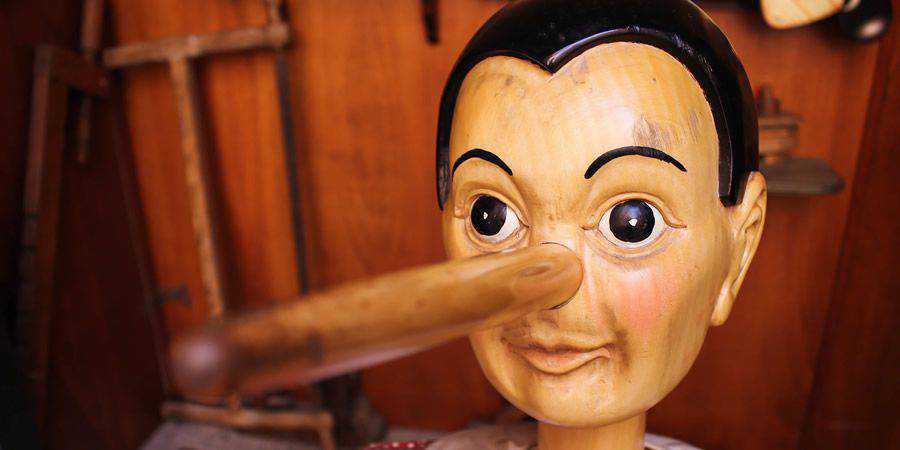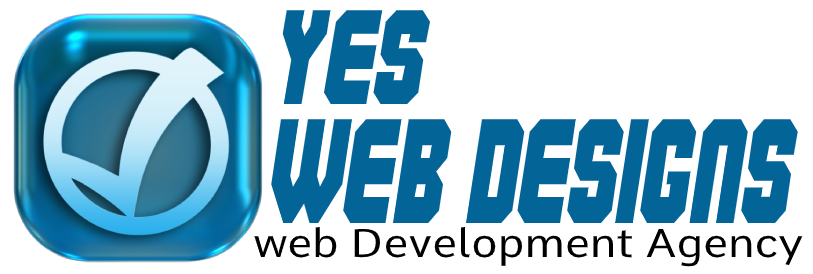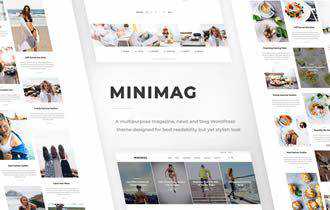Stop me if you’ve heard this one. You tell yourself you’re going to turn over a new leaf and start a new habit that will help you elevate your career as a designer somehow. Maybe you want to start doing more interesting personal projects, or refining your marketing tactics to reach out to more and better clients.
However, it never seems to go exactly as planned. You come up with some kind of excuse, and your great plans of achieving your design career goals are quickly flushed down the drain. What happened? Did the freelancer motivation fairy suddenly appear and deflate you like a balloon? Or is there a more practical reason?
You Are The Way You Are
Have you ever spent time wishing you could simply “get it together” and start behaving a different way than you’ve always done? Most of the time, it’s far better to simply acknowledge the way we are – our strengths and weaknesses – than to simply wish that we were different and attempt to work against our nature.
We often rationalize our bad behavior by making excuses and putting up a front for others – friends, clients, family members – who might judge us if they knew the truth. But this does nothing but cause even more stress and procrastination.
If, for example, you are a freelancer who also happens to be a night person, and you don’t function well in the morning (ahem, like me), it’s much better to just be honest about this fact and work with it rather than against it. Yes, some potential clients may take a judgmental attitude to your working at night and sleeping late.
But who cares? As long as your schedule works for you and you get your work done, the opinions of others are irrelevant.
I believe that there is an ideal client for every designer, and once you find the people you are truly meant to work with, everything will fall into place, almost like magic.

Big Dreams vs. Tiny Realities
All right, so you suddenly get struck with massive professional inspiration, and you want to become the best freelance designer you can possibly be. Perhaps it hits you around the new year when people are likely to make grand promises that, unfortunately, rarely get fulfilled.
What happens to us during these moments? Our intentions are good, but there’s always a tiny kernel of denial (read: dishonesty) there that we try in vain to ignore. It always catches up with us, though, doesn’t it?
Want to know the secret to really meeting such a lofty goal like the one above? Set tiny goals for yourself. Your work ethic is like a muscle – you must exercise it and build strength if you want to accomplish amazing feats of willpower.
If you can only reach out to one new potential client a week, for example, then that’s fine. Just be honest with yourself about where you’re starting. Yes, it’s slow at first, but it’s much better to start in an honest place than it is to waste time daydreaming about a perfect future in which you do everything ideally.
That future awesome designer version of yourself will never become a reality unless you start somewhere.
Rationalizing Away The Truth
Have you ever just done away with every excuse that your brain could come up with and plowed through everything on your to-do list? If you’re anything like me, it was one of the most wonderful feelings in the world – right up there with getting an unexpected pay increase or the birth of your first child. People love to be productive. Why do you think there are so many products and services out there dedicated to increasing your productivity?
By not rationalizing away the reasons to take action, we can get far more done than we ever thought possible. Some of the most common rationalizations are things we might not even recognize as thoughts that hold us back.
Things like telling ourselves “I’m too lazy to call back that person from last night’s networking event,” “I’m too busy to add another personal project to my to-do list,” or “I’m just not the kind of person who can get featured on that design podcast,” are common mindsets we have that can actually become more true the more we say them.
You are whatever you say you are. If you say you’re unproductive, or lazy, or scatterbrained, then guess what? Eventually, you’ll become so entrenched in that belief that it will be nearly impossible to break out of it.

Wishing vs. Wanting
In the story Pinocchio, a marionette makes a wish upon a star to become a real, flesh and blood boy. Wishing for things is a common theme in fairy tales, because it makes the audience feel good. The protagonist makes a wish, and the powers that be start working immediately to make their wish a reality.
The problem with fairy tales is that they give no reflection of what it actually takes to achieve your goals in the real world. The real world doesn’t work like a fantasy land – you can wish all you want to, but unless you’re actually willing to take action and make difficult decisions, nothing you wish for will ever happen.
Sure, you might get lucky. You may land an amazing client completely by accident, or a wealthy VC might suddenly decide to finance the creation of your firm. But 99% of the time, it takes hard work and determination to get what you want.
And that’s the difference between the things we wish for, and the things we actually want. Many designers wish they were more successful, or that they could drop certain clients for good, but only the people who actively want those things are going to make the necessary sacrifices to achieve them. Want implies action – it’s a “doing” verb. Wish is a “thinking” verb.
If we make a conscious effort to be brutally honest with ourselves about why we often don’t take action on our professional goals, we can lay down a powerful foundation that will allow us to make dramatic changes to our work habits, and become the rockstar designers we all want to be.
The post What Happened to the Great Plans For Your Design Career? appeared first on Speckyboy Design Magazine.






